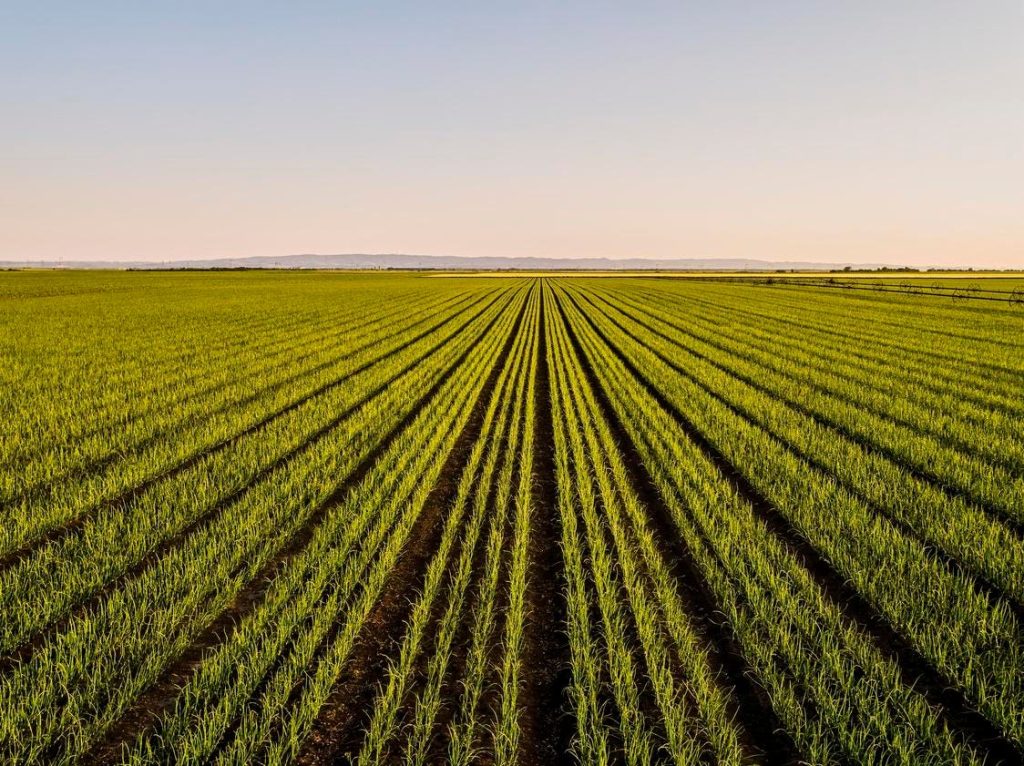Agriculture industry insider, disrupting grain trade inefficiencies across three continents. CEO of Agro.Club, Inc.
Digital agriculture is a fast-growing sector of the agriculture business. It leverages advanced technologies to improve food production, greenhouse and supply chain management, increase efficiency and sustainability and integrate information technology for practical use.
When managing business areas for major agricultural multinational corporations, I gained an understanding of all the difficulties faced by farmers, input producers, retailers and grain companies. I started thinking about how technology would be an excellent way to raise productivity and improve the food supply. So, I decided to leave the corporate sector and establish a B2B marketplace for the entire agricultural value chain.
Based on the numbers of my company and our industry peers, I see that digital trading platforms can really increase global and local sales by facilitating price negotiations and connecting buyers and sellers with a broad spectrum of agricultural market players. But let me highlight a few other agtech solutions as well.
Automation In Agriculture: Overview Of The Technology
Precision farming uses information collected through various sources (from soil sensors to satellite images) to increase yields and reduce water or chemical use. For example, data on humidity, temperature and plant health can optimize irrigation, fertilizer or crop protection applications.
According to data from 2002 to 2018, North American farmers who used precision farming technology increased productivity by 4%, improved fertilizer application efficiency by 7% and reduced herbicide and pesticide use by 9%.
Robotic agriculture is used to automate tasks, from planting and harvesting to weed control and monitoring. Routine process automation ensures task accuracy, addresses labor shortages and boosts production. For example, using “computer vision” for weeding can reduce pesticide use by 90%.
Artificial intelligence (AI) analyzes large volumes of data much faster than humans. Based on that, the AI algorithms embedded in various farm management systems make recommendations on when to plant, water and harvest.
Drones are also used, mainly to monitor crops and soil and identify diseases and pests. They can rapidly cover large areas and be an effective tool for mapping farms.
Balancing The Benefits And Challenges
The benefits of digitalization in agriculture can include increased productivity and operational efficiency, accurate analytics and risk management, improved quality and quantity of products and yields, sustainable development and reduction of environmental damage and alleviation of manual labor and reduction of risks from the human factor.
Meanwhile, the challenges of adoption include high costs of implementing digital technologies in agriculture, a lack of qualified specialists to lean on and potential job cuts.
It’s important to strike a balance between the possible benefits and the financial realities of new technologies, particularly for small enterprises. Technology leaders need to understand the cost burden to better devise strategies for accessibility.
Offering education and training programs is also crucial when selling new technologies—in order to close the skills gap between outdated methods and contemporary technology, as well as to draw in fresh and top talents, providing possibilities for further careers.
Agribusiness Digitalization Worldwide
The digital agriculture market is expected to grow from $18.11 billion in 2023 to $29.83 billion in 2028.
According to McKinsey, “Nearly 55 percent of large farms today use farm management systems, and more than 50 percent of large farms use some form of precision agriculture hardware. Nearly a quarter of small farms use this technology or intend to use it over the next two years… Automation, robotics, and electrification are also catching on.”
The national average of farms using technology in Canada is 50.4%. Meanwhile, European farmers are among the leaders of global agtech adoption, with Germany and the Netherlands paving the way. According to a 2017 paper, in Europe, 70% of all fertilizer and crop spraying machines are equipped with precision farming technology.
According to McKinsey, “Agtech product adoption is lowest in Asia, with only about 9 percent of farmers using or planning to use at least one agtech product; adoption varies between countries in this region as well.”
Meanwhile, Japan is among the leaders in smart farming in terms of robotics and drones. Since 2019, it has embraced a range of innovations, while the Japanese government has supported agricultural policy reforms and raised funding in the industry in order to address the issues of labor shortages and aging.
In New Zealand, the agriculture technology sector was designated as a priority area by the government due to its potential for export, environmental impact and commercial gain. It continues to be a major force behind productivity growth, and the country has a goal to grow its contribution to the country’s economy to $8 billion by 2030.
In South America, about 50% of farmers have adopted agtech, with remote sensing as the most popular use case.
And according to research commissioned by Microsoft, Africa has huge potential to become a leader in the agritech space. For example, they note, “the continent has registered the highest number of agritech services in the developing world, reaching over 33 million smallholder farmers to date.”
What Industry Leaders Can Do
Digital technologies are changing the agriculture industry. Frankly speaking, there are not too many other options left to boost production and feed the world in the upcoming decades.
For business leaders moving forward in this sector, I would suggest selling the solution to your customers’ pain points, not just a product. Think about omnichannel strategies to interact with your customers more and faster, enhancing individualized offline and online experiences.
In my experience, most of the challenges of adopting technology can be overcome with financial investments, step-by-step training and education. But working together is also essential here. For example, I’ve found that interacting with agricultural communities worldwide to get real-time feedback can have a similar effect to enhancing digital literacy or getting more funds.
All industry players need to learn to act together—especially when the ultimate goal is not just short-term profit but food security for the entire population on Earth. In order to facilitate digital agriculture, connectivity is needed globally, not just at the local level.
Forbes Business Council is the foremost growth and networking organization for business owners and leaders. Do I qualify?
Read the full article here









